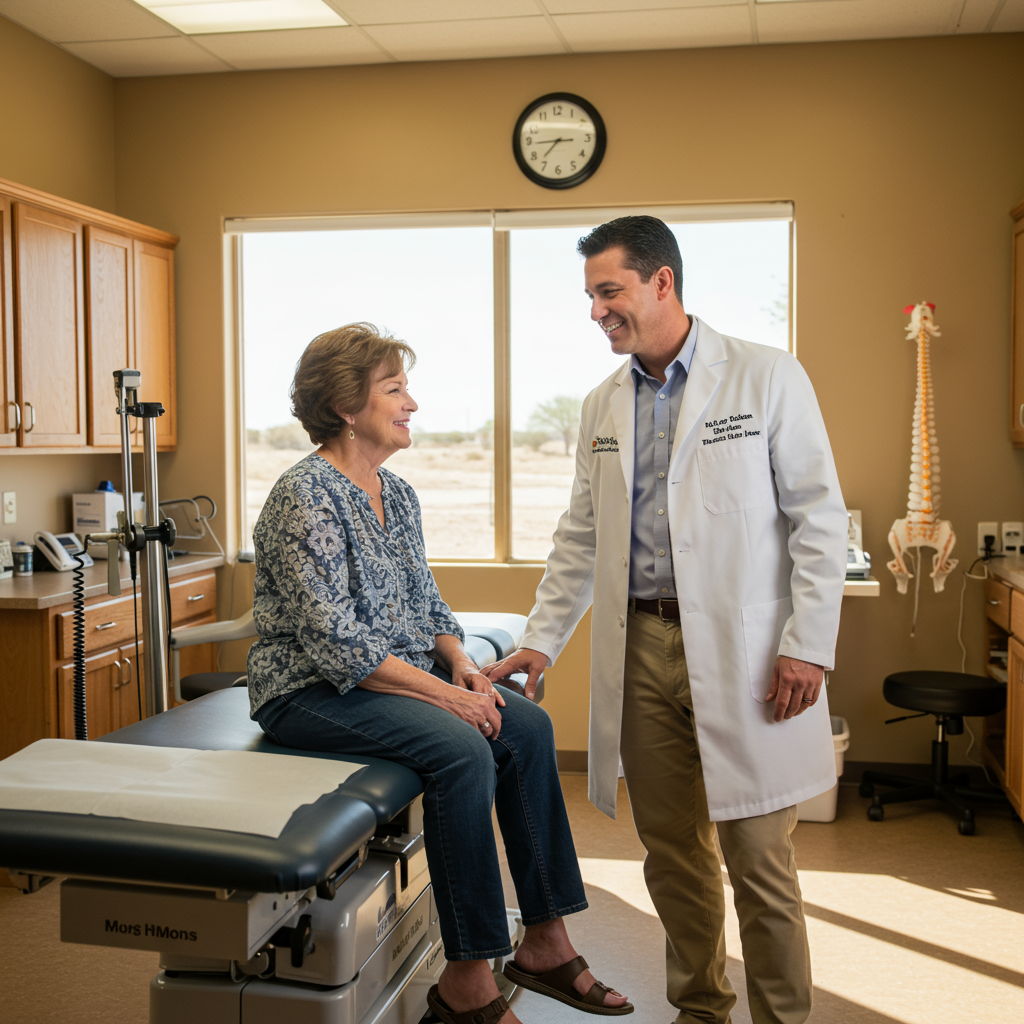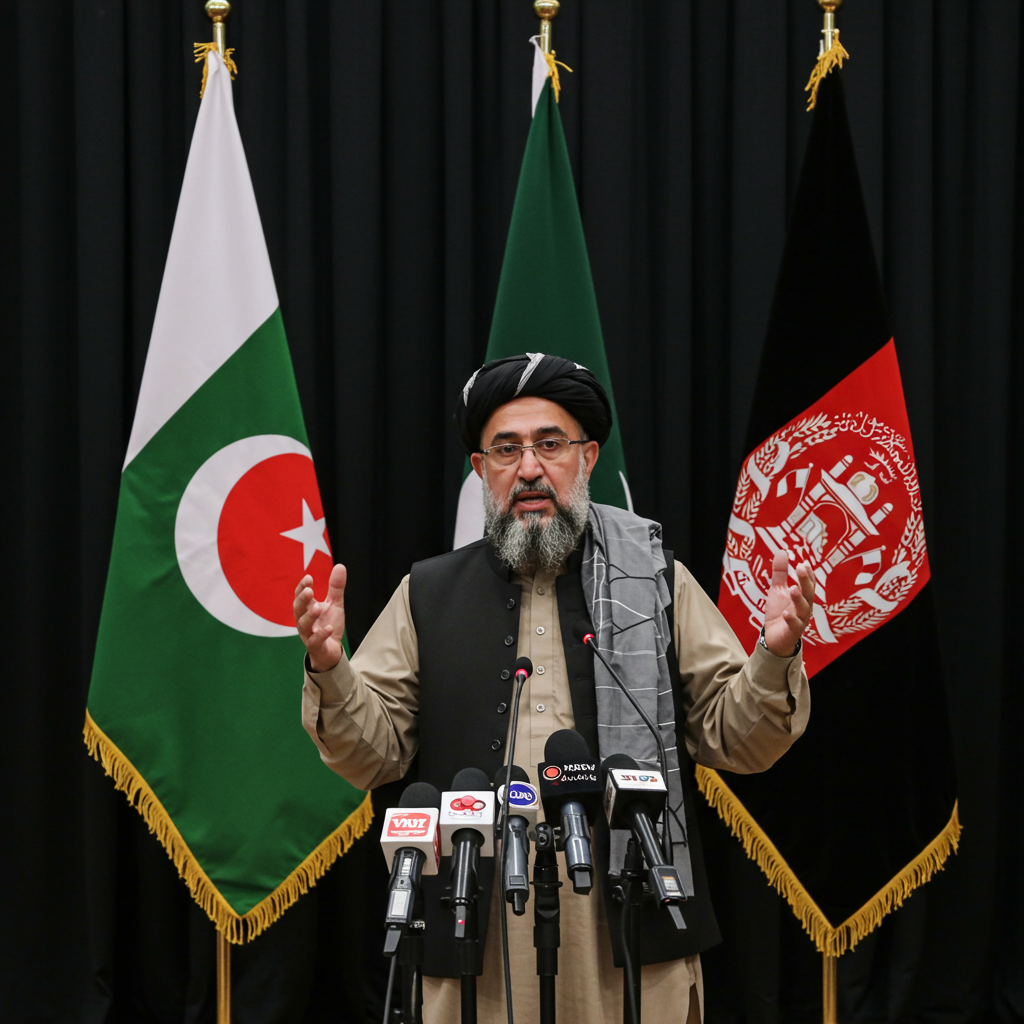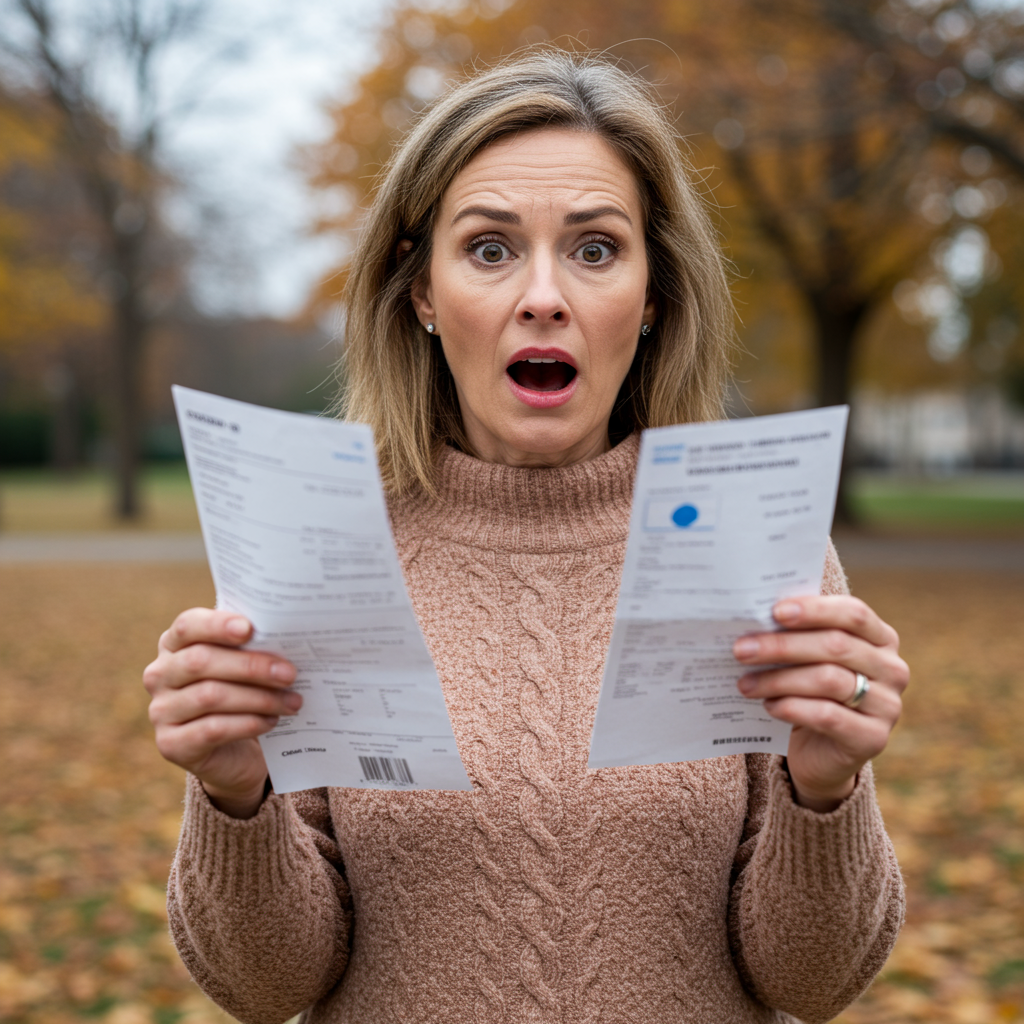In a quiet corner of West Texas, nestled between a church and a gas station, Kiley Timmons served his community. A chiropractor by training, the 48-year-old had become a trusted first stop for ailments in a remote region with limited medical access. For over a decade, he treated everything from ear infections to workplace injuries, seeing dozens of patients daily. He treated what he could, referred others to doctors, and offered prayers for the rest.
But this spring, something unfamiliar began presenting at his small clinic in Brownfield, population 8,500: persistent aches, fevers that wouldn’t break, and unusual skin patches. At first, he suspected a severe flu season, but the symptoms lingered and spread. Soon, a third of his patients were reporting relatives struggling to breathe. Then, Kiley himself started coughing.
His wife had recently recovered from COVID-19, but Kiley’s symptoms worsened. In early April, tests for common viruses came back negative. A doctor, noting a large measles outbreak nearby in a Mennonite community, suggested a measles test as a remote possibility. Kiley, who was vaccinated, couldn’t believe it.
“I feel like I’m dying,” he texted a friend, unable to keep down food or water, already ten pounds lighter. His chest grew numb, his arms tingled, and his oxygen levels plummeted. When the results finally arrived in mid-April, the diagnosis was stark: “Positive for measles.” His message to his sister echoed his shock and misery: “Just miserable. I can’t believe this.”
A Harrowing Resurgence Across the US
Kiley’s personal ordeal reflects a larger, disturbing trend. Twenty-five years after measles was officially declared eliminated from the United States, this spring marked a harrowing rediscovery of a highly contagious and potentially deadly disease. What began as a cluster in West Texas quickly expanded, spreading through communities with dangerously low vaccination rates. The outbreak grew into one of the largest in a generation, resulting in three deaths and dozens of hospitalizations from Mexico all the way to North Dakota.
Public health officials tracked approximately 1,200 confirmed cases and countless exposures across more than 30 states. Contagious individuals attended concerts (like a major event at MetLife Stadium in New Jersey), shopped at national retailers, participated in community events, and traveled domestically, highlighting how easily measles can spread in today’s interconnected world.
Why Is Measles Back? A Crisis of Trust and Information
Experts overwhelmingly point to a dangerous decline in childhood vaccination rates as the primary driver behind this resurgence. This decline is fueled significantly by the pervasive spread of misinformation and anti-vaccine rhetoric. Measles, among the most contagious infectious diseases known, acts as a “canary in the coal mine” for public health system vulnerabilities. Before the widespread use of the MMR (measles, mumps, and rubella) vaccine in the 1960s, measles infected millions and killed hundreds in the U.S. annually. The vaccine was a monumental public health success, virtually eradicating the disease domestically by 2000.
However, the vaccine has been targeted by conspiracy theories for decades. A key origin point for modern anti-vaccine sentiment was the thoroughly debunked 1998 study attempting to link the MMR vaccine to autism. Despite its retraction, this study remains a “lightning rod” for anti-vaccine groups and prominent figures who amplify distrust.
This erosion of trust is compounded by the public’s fading memory of measles’ severity – many current parents have no personal experience with its dangers, making vaccination seem less urgent. Furthermore, some public health messaging has been criticized for failing to address parental concerns effectively, particularly after perceived missteps during the COVID-19 pandemic.
Adding danger to the situation, some promote unproven and even harmful “cures” or alternative treatments for measles, dismissing the proven efficacy of the vaccine. This misinformation, amplified on social media and dedicated platforms, creates echo chambers that make it difficult for those exposed to accept scientific consensus.
Low Vaccination Rates Create Vulnerable Communities
Measles requires extremely high vaccination rates – around 95% – to achieve community immunity (or herd immunity) and prevent outbreaks. In areas like Gaines County, Texas, where the primary outbreak originated, vaccination rates were alarmingly low, sometimes falling into the low 80s. This made these communities “primed” for a widespread outbreak once the virus was introduced.
While some parents are hesitant due to misinformation, others face barriers like lack of access, exacerbated by funding cuts to state and local health departments that administer critical vaccination programs like the federal Vaccines for Children Program.
Measles Is Not “Benign”: The Real Risks
Measles is far from a mild illness. It has a very high attack rate; a single infected person can infect 90% of exposed unvaccinated individuals, and the virus can remain infectious in a space for up to two hours after the person leaves. The hospitalization rate for unvaccinated individuals is extremely high, around 20%.
Beyond the initial severe symptoms, measles can lead to serious complications including pneumonia, encephalitis (brain swelling), and a rare but fatal neurological condition years later. It can also cause “immune amnesia,” making individuals temporarily more vulnerable to other infections. The tragic deaths of three unvaccinated children this year underscore the disease’s potential lethality.
Moving Forward: Rebuilding Trust and Prioritizing Protection
The current measles outbreaks are a predictable consequence of declining vaccination rates and the spread of misinformation. Public health officials on the ground have faced challenges, sometimes having to pivot from promoting vaccination to simply urging harm reduction measures like staying home.
However, there are positive signs. The growing threat is increasing public awareness, prompting some parents to seek vaccination for their children, even earlier than standard schedules. Experts agree that the MMR vaccine is the single most effective way to prevent measles spread and protect individuals. Catch-up vaccination campaigns, even after outbreaks begin, are considered very powerful tools.
Kiley Timmons’ experience highlights the personal toll when a preventable disease returns. His shock at contracting measles despite being vaccinated speaks to the confusion and vulnerability felt by many. Until vaccination rates improve and the crisis of trust in public health information is addressed, the U.S. remains in a precarious position, facing the potential for larger, more widespread epidemics of a disease we once conquered. Protecting individuals and communities relies on understanding the science, trusting public health guidance, and prioritizing vaccination for everyone who can safely receive it.




